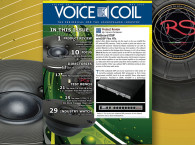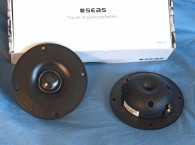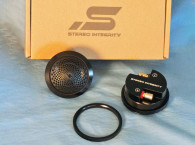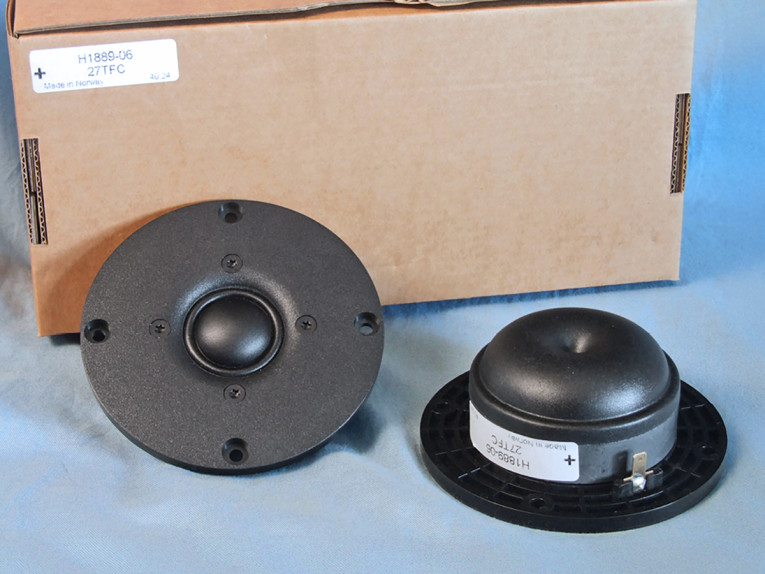
1961: Wessel and Nørgaard Madsen bought Videbæk Højttalerfabrik from Nørgaard Madsens father.
1971: Videbæk Højttalerfabrik was made a sister company to SEAS.
1974: Both companies experienced a major growth and in 1974 there were 250 employees in Norway and 200 in Denmark.
1975: SEAS moved into new and modern premises just outside Moss.
1981: After some difficult years, the Danish company managed to break away from SEAS by what the new Norwegian owners regarded as a criminal act. It was named Vifa and became a competitor from one day to the next.
1984: The SEAS employees bought 10% of the shares in the company.
1986: The employees formed a holding company and bought the remaining 90% of the shares.
1999: SEAS achieved the AAA rating from D&B.
2014: SEAS joined the Sonavox Group, and were able to provide sound solutions using high-end amplification and streaming technology.
The SEAS technology timeline is also tied to the worldwide development of high-end transducers:
1952: The closed and totally shielded TV-magnet system was invented.
1968: One of the very first soft dome tweeters was designed and introduced to the world market.
1969: One of the world’s most successful loudspeakers, Dynaco A25 was designed by SEAS engineers.
1970: SEAS started supplying SONY Sweden and later SONY Europe with finished speakers.
1977: A SEAS engineer invented the patented DD-rings as part of the Dynamic Damping concept.
1988: Coaxial drivers with neodymium-based dome tweeters were developed by SEAS and KEF without one knowing about the other.
1993: SEAS developed the first commercial loudspeaker unit using a cone made from cast and machined magnesium.
1997: The Hexadym magnet system consisting of six neodymium magnets was developed and later patented.
2006: SEAS developed a magnesium diaphragm dome tweeter.
2008: SEAS introduced the CURV cone series of woofers.
2013: SEAS developed and launched the E0100-04 White Diamond tweeter.
2014: SEAS developed and launched the E0058-06 Beryllium tweeter.
2018: SEAS became part of Merry Electronics Co., Ltd.
For a bit more about the history of this company check: SEAS: The History of SEAS Fabrikker - A Loudspeaker History Book
For this Test Bench, SEAS sent Voice Coil a new 1” (25mm) soft dome tweeter from its Prestige line of transducers, the 27TFC/T (Photo 1). Features for the 27TFC/T (H1889-06) include a one-piece centenary profile dome (Photo 2) and wide surround fabricated from SEAS pre-coated lightweight Sonolex material, both integrated into a 1/4” thick injection molded faceplate. The voice coil consists of a non-magnetically conducting titanium voice coil former wound with round copper wire (voice height=1.6mm, gap height=2mm, for an Xmax=0.2mm).


Testing commenced using my legacy LinearX LMS analyzer and I generated the 300-point impedance sweep illustrated in Figure 1. The impedance resonance occurs at 1050Hz (factory spec is 970Hz). DCR for the SEAS 27TFC/T is 4.39Ω, while the minimum impedance is 4.78Ω at 3.4kHz.
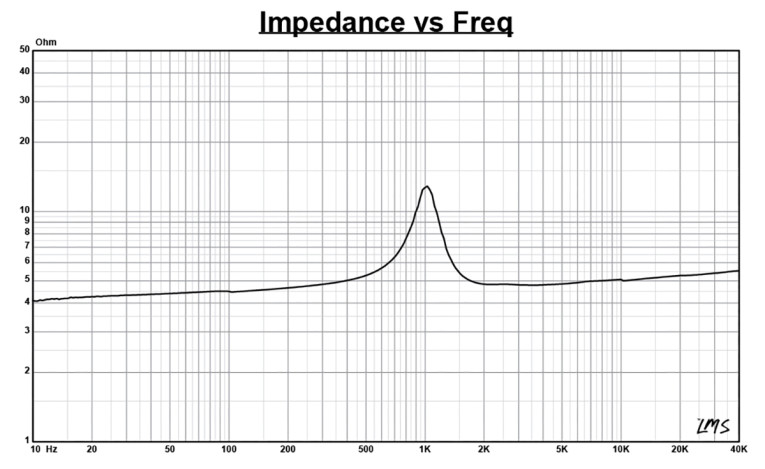
Following the impedance testing, I recess mounted the 27TFC/T tweeter in an enclosure with a baffle area of 15”×8” and measured the on- and off-axis frequency response using the Loudsoft FINE R+D analyzer (provided to Voice Coil courtesy of Loudsoft) and the GRAS 46BE ¼” microphone (courtesy of GRAS Sound & Vibration). The Loudsoft analyzer was set up to measure the frequency response from 200Hz to 40kHz (with a 192kHz sampling rate) at 2V/0.5m and normalized to 2.83V/1m. Sweeps were performed at 0°, 15°, 30°, and 45°. Figure 2 shows the on-axis response of the SEAS 27TFC/T tweeter, which measured ±2dB from 1.8kHz to 15kHz, followed by the response extending to 35kHz where the dome begins its low-pass roll-off.

Figure 3 gives the on- and off-axis response of the SEAS 27TFC/T Sonolex dome tweeter, with the off-axis curves normalized to the on-axis response in Figure 4. Figure 5 shows the CLIO 180° polar plot (measured in 10° increments with 1/3 octave smoothing). The two-sample SPL comparison of the 27TFC/T is illustrated in Figure 6, indicating the two samples were closely matched to within 0.5dB to 1dB throughout its operating range from 1.8kHz to 18kHz.
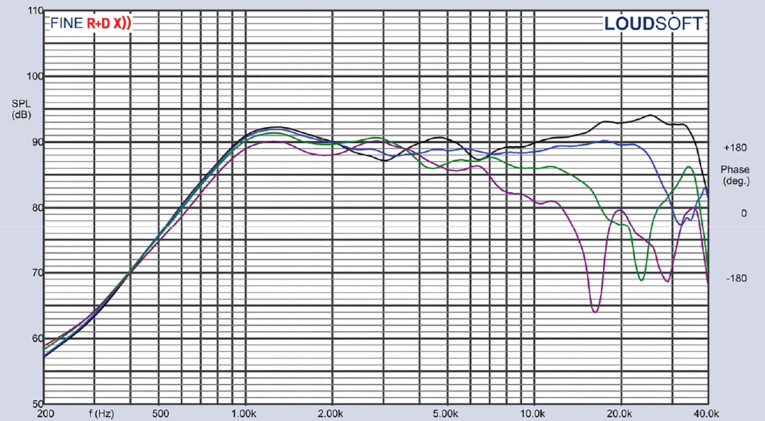
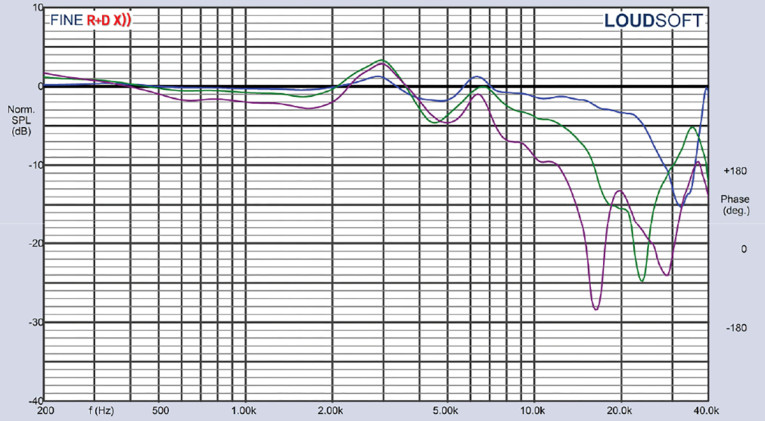
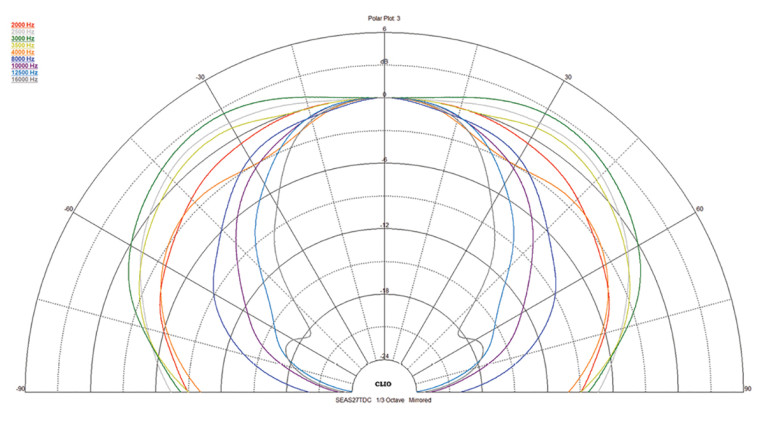
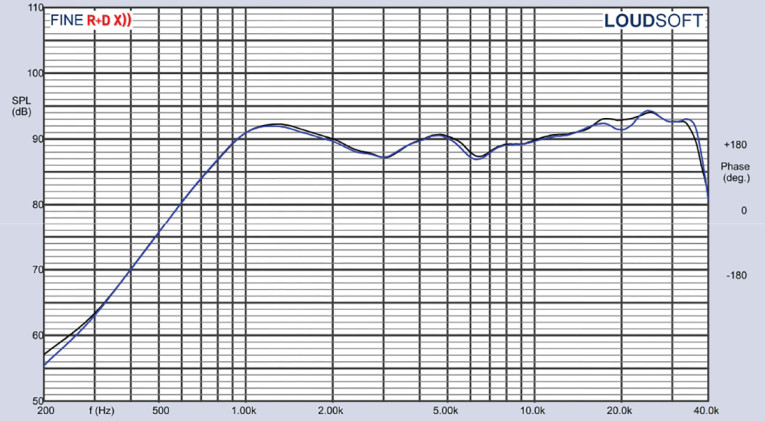
For the remaining group of tests, I initialized the Listen SoundCheck AudioConnect analyzer using the SoundCheck V21 software along with the Listen SCM 2 ¼” microphone (all provided courtesy of Listen, Inc.). Then, I measured the impulse response with the tweeter recess mounted on the same 15”×8” test baffle used for the SPL testing.
Importing this data into the Listen SoundMap time domain software produced the cumulative spectral decay (CSD) waterfall plot given in Figure 7. Figure 8 depicts the Short Time Fourier Transform (STFT) displayed as a multi-colored surface plot.

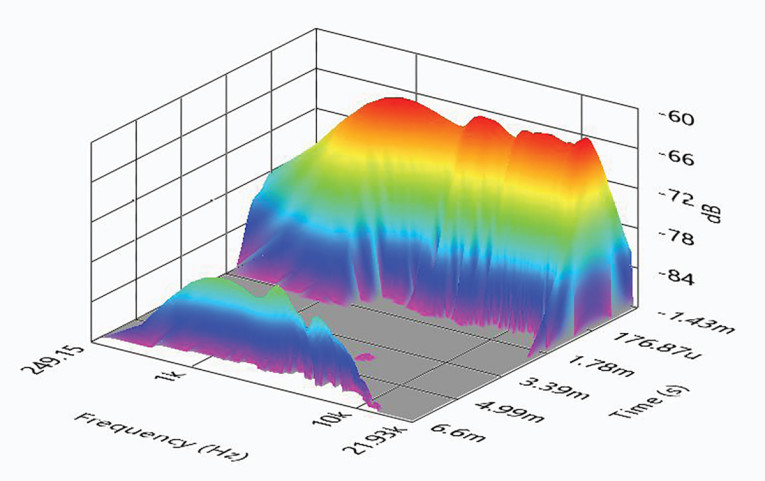
For the final test procedure, I set the 1m SPL to 94dB (4.9V) using a pink noise generator and SLM built into the SoundCheck software and measured the second and third harmonic distortion at 10cm, illustrated in Figure 9. Distortion is dominated by the second harmonic with a very low third harmonic distortion, however, even the second harmonic content is below 1.3% above 2kHz.
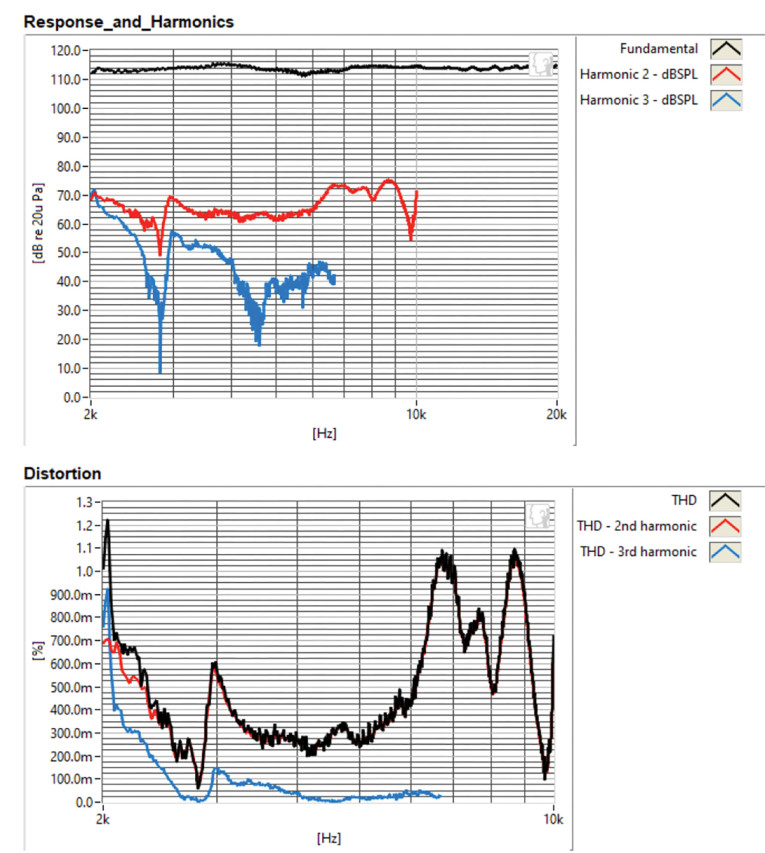
This article was originally published in Voice Coil, May 2025
For loudspeaker manufacturers; Learn here how to Submit Samples to Test Bench





